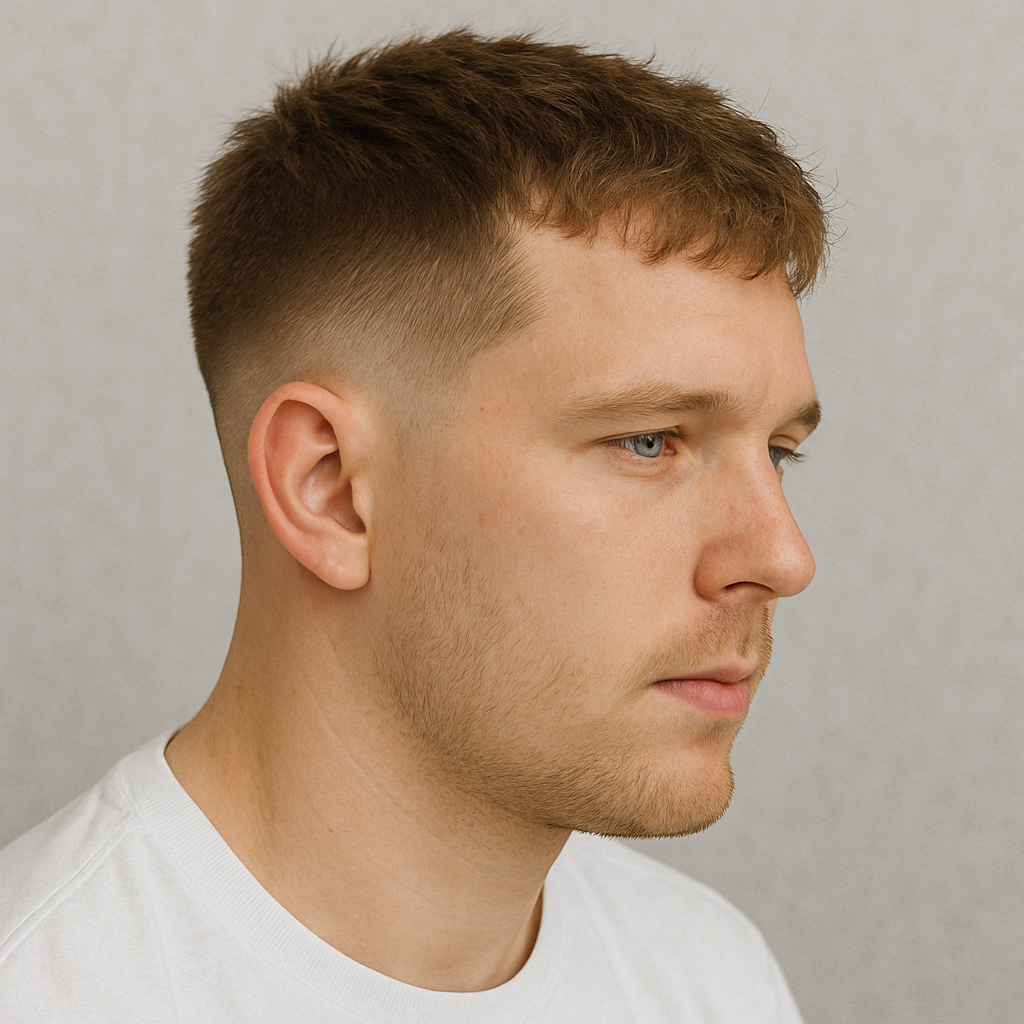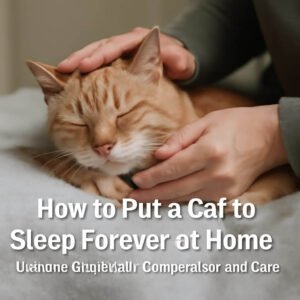Looking for a clean, low-maintenance haircut that still turns heads? Welcome to the world of the low taper fade—the perfect blend of subtlety and sharpness. Whether you’re into professional vibes or casual cool, this cut delivers the best of both worlds.
Let’s dive into everything you need to know about this timeless, trending hairstyle.
What is a Low Taper Fade?
A Quick Definition
A low taper fade is a hairstyle where the hair gradually shortens from the top down to the neckline, starting just above the ears. Unlike high fades that make a bold statement, low tapers keep things neat and understated.
Why the Hype?
Because it’s versatile, easy to maintain, and fits almost any occasion—whether it’s a job interview or a night out.
History Behind the Taper Fade
Military Roots to Modern Salons
The fade’s journey started in the military—where clean, uniform hair was essential. It slowly transitioned into barbershops and was adapted into different styles over the years.
How the Low Version Stood Out
While high and mid fades dominated for a while, the low taper gained traction as men started favoring cleaner, subtle looks that still showed personality.
Key Characteristics of a Low Taper Fade
The Gradual Transition
What makes the low taper fade special is the smooth transition from long to short without harsh lines. It starts low on the head, right above the neckline.
Difference Between Low, Mid, and High Fades
- Low Fade: Starts around the ear
- Mid Fade: Begins at the temples
- High Fade: Begins higher, close to the crown
Skin vs. Taper Fades – What’s the Deal?
A skin fade shaves the hair down to the skin, while a taper fade gradually reduces the length without going completely bald at the bottom.
Popular Low Taper Fade Styles
Low Taper with Curly Hair
Curly hair pairs beautifully with a low taper. The natural volume contrasts well with the clean sides.
Low Taper with Straight Hair
Straight hair creates a sharper, sleeker finish. Ideal for comb-overs and slick-back styles.
Low Taper Fade with Waves
Waves and low tapers? Chef’s kiss. It keeps your wave pattern clean and defined.
Low Taper with Afro
For textured hair, the low taper creates a clean edge while letting your natural volume shine.
Low Taper with Beard
Blending the taper into your beard creates a seamless, masculine look.
Low Taper with Design Lines
Add a personal touch with lines, zigzags, or shaved art—it adds edge without being too loud.
Who Should Get a Low Taper Fade?
Face Shapes That Suit It
It suits most face shapes—especially oval, square, and round faces. The taper adds definition and sharpness.
Hair Types That Work Best
From straight to kinky, any hair type can pull it off—just make sure your barber tailors the taper accordingly.
How to Ask Your Barber for a Low Taper Fade
Use the Right Terminology
Say: “I’d like a low taper fade, clean around the ears and neckline, keep length on top.” Simple, but effective.
Bring a Reference Photo
This takes out the guesswork. Show your barber what you’re going for—visuals always help.
Step-by-Step Breakdown of the Cut
Clippers, Guards, and Blade Work
Your barber will:
- Start with a #2 or #3 on the top.
- Use lower guard numbers as they move downward.
- Fade the sideburns and neckline with precision.
Blending the Fade Perfectly
The key is blending. No lines, no steps—just a smooth transition from top to bottom.
How to Maintain Your Low Taper Fade
Daily Styling Tips
- Use light pomade or styling cream
- Comb or brush top hair as needed
- Avoid over-washing—2-3 times a week is enough
When to Get a Touch-Up
Every 2 to 3 weeks is ideal to keep that crisp look.
Styling Ideas for Low Taper Fade
Pomade or Cream?
- Pomade: For a glossy finish
- Styling Cream: For a natural, textured look
Comb Over, Brush Back, or Buzz Top
All these styles work! That’s the beauty of a low taper—it’s flexible.
Celebrities Rocking the Low Taper Fade
From Chris Fade to Drake
Stars like Drake, Michael B. Jordan, and Zayn Malik have all been spotted with this look. It’s a celeb favorite for a reason—it’s clean but cool.
Low Taper Fade vs. Other Hairstyles
Low Taper vs. Burst Fade
- Low Taper: Subtle fade around ears/neck
- Burst Fade: Focused fade around ears, shaped like a burst
Low Taper vs. Drop Fade
- Drop Fade: Drops behind the ear for a rounded look
- Low Taper: Follows a straighter line across the neckline
Pros and Cons of a Low Taper Fade
What Makes It Great
- Works with any style
- Clean and professional
- Easy to maintain
What You Might Not Like
- Needs regular touch-ups
- Not as bold as high fades
How Much Does a Low Taper Fade Cost?
Average Barber Shop Prices
Expect to pay $20 to $50, depending on where you live and the barber’s skill.
Is It Worth the Investment?
Absolutely. For the versatility, confidence boost, and low-maintenance upkeep—it’s a bargain.
DIY Low Taper Fade – Should You Try It?
Tools Needed
- Clippers with guards
- Fade brush
- Hand mirror
- Steady hands!
Step-by-Step DIY Attempt
- Start with longer guards
- Slowly fade down around ears and neck
- Use brush to blend out lines
- Don’t rush!
Final Thoughts on the Low Taper Fade
If you’re looking for a hairstyle that’s classy, low-maintenance, and incredibly versatile, the low taper fade should be at the top of your list. It suits almost anyone, works with any vibe, and keeps you looking fresh without breaking the bank—or your schedule.
FAQs About Low Taper Fade
How long does a low taper fade last?
About 2–3 weeks before it needs a touch-up for a clean look.
Can I get a low taper fade with long hair on top?
Definitely! Many people keep the top long for styling flexibility.
Does a low taper fade work for women too?
Yes! It’s a gender-neutral cut that looks amazing on women with short sides or edgy styles.
Is the low taper fade professional enough for work?
Totally. It’s clean and subtle, making it perfect for office environments.
Can I combine a low taper fade with a hard part or line?
Absolutely. It adds flair without overdoing it.











